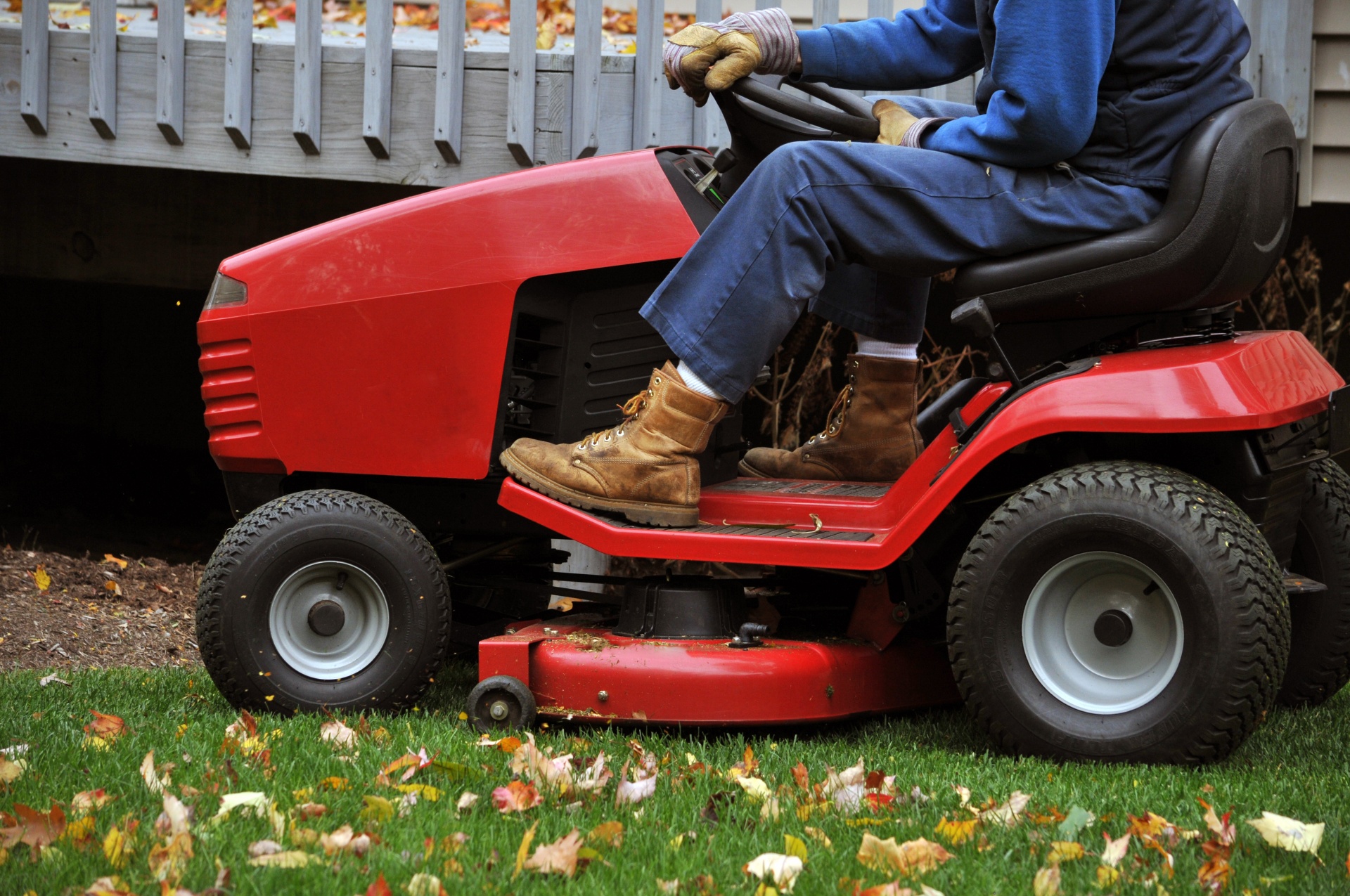Difference Between Bagging and Mulching
Your lawn says a lot about you; it represents you and your home. It shows your neighbors and guests how much time and effort you put into keeping your home look good. So, lawn care is becoming much more prevalent for many homeowners who strive to make their lawns brighter and better than their neighbors’. However, lawn care is no piece of cake; it takes more than dedication to grow a lawn and moreover, keep it green and healthy. Firstly, your lawn requires regular mowing in spring and summer and proper fertilization treatment, and this is just the beginning. There’s a lot that goes into lawn care.
One of the common dilemmas every homeowner face when mowing the lawn is disposal of the grass clippings. Because a healthy and green lawn requires regular mowing, the grass clippings need to be disposed of. But the question is how! Bagging is a common method to dispose of grass clippings from your lawn; you can bag your grass clippings early in the spring for use in compost pile or dispose them off in some yard waste container. Mulching is yet another way to re-use your lawn waste by recycling the grass clippings by leaving them on the ground. Let’s take a look at the two ways of grass disposal.

Bagging
Bagging is one of the popular choices among professional lawn care experts to dispose of grass clippings for a greener and cleaner lawn. Bagging requires cutting off grass and collecting the clippings in a compost bin. When your grass grows unusually high, your lawn requires mowing and if the lawn is wet after mowing, then it is advisable to bag the clippings to avoid the unnecessary clutter. But collecting your grass clippings and having them hauled off not only costs you money but also your time. But if you’re planning to scalp the lawn for seeding, then it is best to bag the clippings and dump the bags on your compost pile. Bagging also comes in handy when your lawn has weeds, fungus, or infected grass, so it is best to bag the clippings to stop the infection from getting spread.

Mulching
Mulching is yet another popular method to recycle your lawn waste. Mulching involves keeping the grass clippings remain in the yard which does not cause thatch build-up but it does make your lawn healthier. Mulching is simple; after you mowed the lawn with grass no more than 3 inches in height, leave the grass clippings where they fall and allow them to decompose. Grass clippings are about 90 percent water, so they decompose very quickly. The clippings return nutrients back to the soil. The soil organisms recycle the clippings into free fertilizer, saving time and money bagging or hauling them away. Mulch mowing is the gold-standard of lawn mowing and extremely beneficial to your lawn because the pulverized grass disappears into the roots to become a nitrogen-rich fertilizer.
Difference between Bagging and Mulching
Method
– There are two common ways to dispose grass clippings off your lawn after mowing: bagging and mulching. Bagging is a common method to dispose of grass clippings from your lawn; it involves cutting of grass, collecting the grass clippings and bagging them in a compost bin or disposing of the clippings in landfills. Mulching, on the other hand, involves leaving the grass clippings remain in the yard where they fall and allowing them to decompose. Grass clippings are about 90 percent water, so they decompose very quickly.
Lawn Health
– One of the best things about leaving the grass clippings in the lawn is that you don’t have to feed your lawn regularly to keep the grass healthier and greener because the clippings contain the some essential nutrients as lawn food. In addition, thin layers of dry organic waste is spread around the base of the plants which in turn prevent growth of weed, retain water, regulate temperature of the soil, and add nutrients back to the soil. These act as insulation to the soil and make up for the beneficial nutrients required. However, in case of any infection or weed growth in your lawn, bagging is required.
Convenience
– Bagging grass clippings and having them hauled off not only costs money but also time. Studies suggest, mowing generally takes less time by mulching instead of bagging grass clippings. Modern mulching lawn mowers make recycling even easier and homeowners can reduce their mowing time significantly by choosing not to bag clippings. Mulching is simple; you mow the lawn with grass no more than 3 inches in height, leave the grass clippings where they fall and allow them to decompose. Leaving the clippings in the lawn save both time and money, and is convenient.
Bagging vs. Mulching: Comparison Chart

Summary
In a nutshell, if you’re planning to scalp the lawn for seeding, then it is best to bag the clippings and dump the bags on your compost pile. Bagging also comes in handy when your lawn has weeds, fungus, or infected grass, so it is best to bag the clippings to stop the infection from getting spread. Mulching is a simple and less time-consuming method for recycling your yard waste; it involves leaving the grass clippings where they fall and allowing them to decompose over time. Mulching returns essential nutrients back to the soil, thereby keeping the lawn greener and healthier. Also, leaving the clippings in the lawn save both time and money, and is convenient.
- Difference Between Caucus and Primary - June 18, 2024
- Difference Between PPO and POS - May 30, 2024
- Difference Between RFID and NFC - May 28, 2024
Search DifferenceBetween.net :
Leave a Response
References :
[0]Lemmon, Randy. Gulf Coast Gardening with Randy Lemmon. Morrisville, North Carolina: Lulu Press, 2006. Print
[1]Ellis, Barbara. Safe & Easy Lawn Care. Boston, Massachusetts: Houghton Mifflin Harcourt, 1997. Print
[2]Image credit: https://commons.wikimedia.org/wiki/File:How_to_rake,_blow_and_bag_leaves_2_of_3.jpg
[3]Image credit: https://www.publicdomainpictures.net/en/view-image.php?image=135312&picture=mowing-and-mulching
